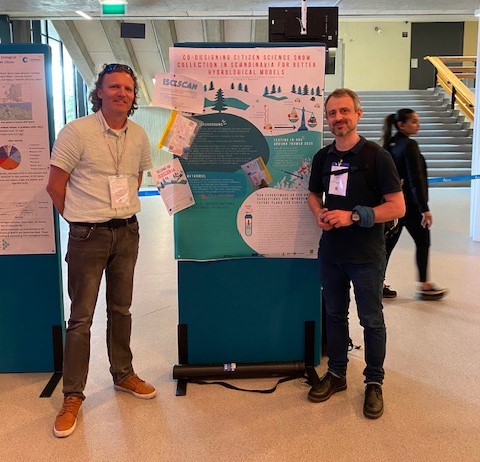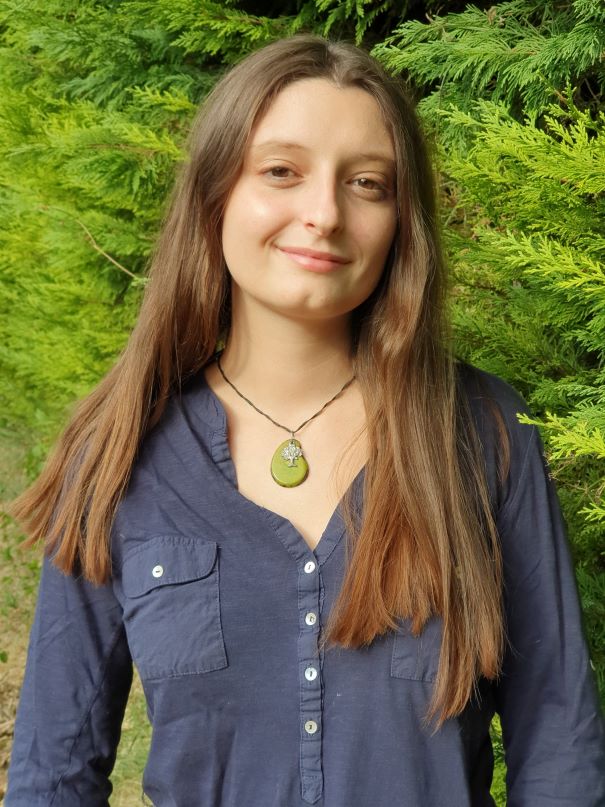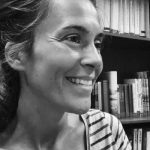Even though the project has a strong winter focus, there was plenty of activity this summer. Beside growing our dataset, Cos and Benjamin attended the CS4Water Conference in Delft, a global gathering dedicated to advancing citizen science for water research and management. Alongside learning from experts from around the world, they proudly presented the ISOSCAN project in the conference’s poster session — sharing insights into how our team combines citizen science with isotope hydrology to better understand water processes across Fennoscandia including the isotope sampling kit our citizen scientist used to collect snow.
The conference offered a great opportunity to exchange ideas on best practices, common challenges, and innovative developments in citizen science. Just as valuable was the chance to meet and connect with the inspiring and welcoming citizen science community.
As the perfect ending to an already exciting event, the ISOSCAN team was honored with the MacGyver Award for DIY Brilliance 🎉 — celebrating our creative, hands-on approach to scientific problem-solving!
Text: Benjamin Fischer, Costijn Zwart



